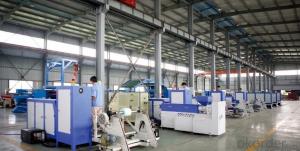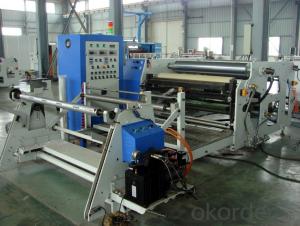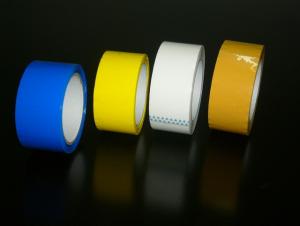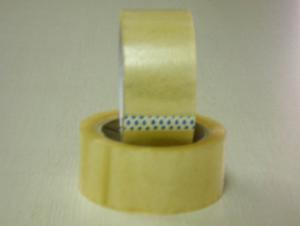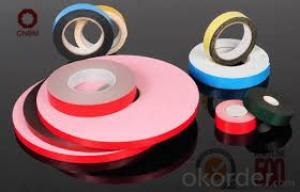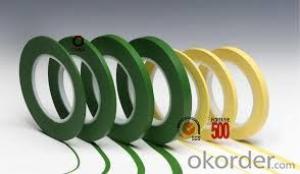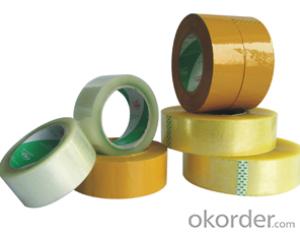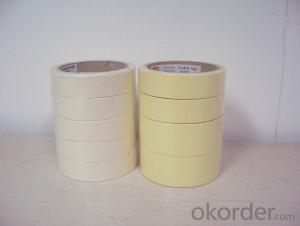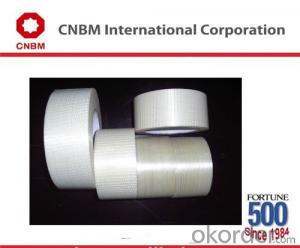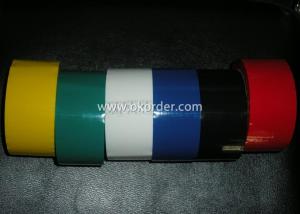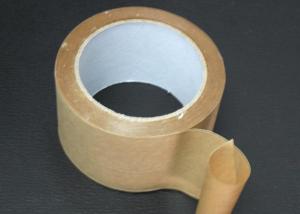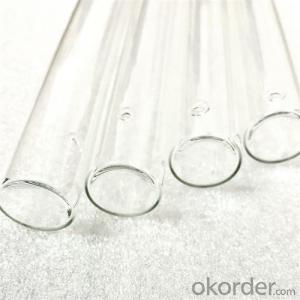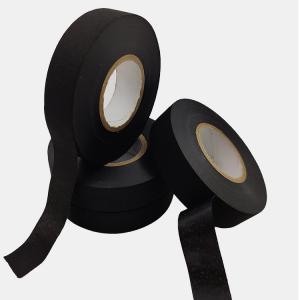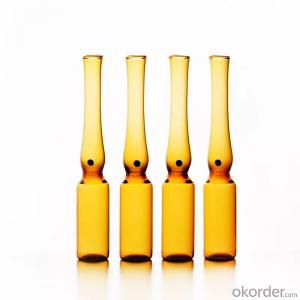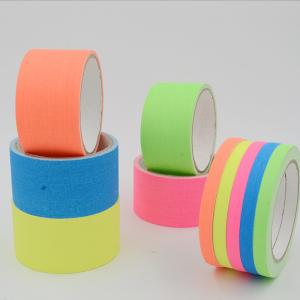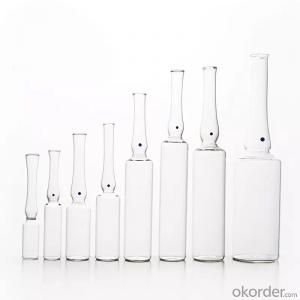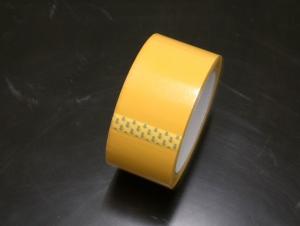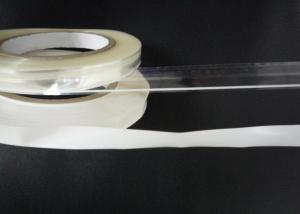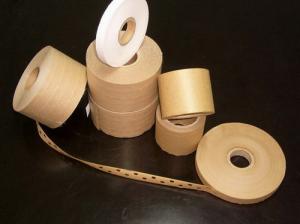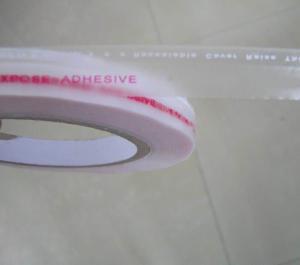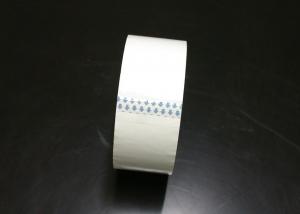Automatic Hot Melt Tape Production Line
- Loading Port:
- China main port
- Payment Terms:
- TT OR LC
- Min Order Qty:
- 1 unit
- Supply Capability:
- 20 unit/month
OKorder Service Pledge
OKorder Financial Service
You Might Also Like
Application of Automatic Hot Melt Tape Production Line
RT-Series Coating Machine is suitable for producing double sided tape, cloth tape, double-sided foam tape, cleaning tape, kraft paper tape, masking tape, foil tape, medical accessories tape, fiber tape, conductive cloth, self-adhesive trademark, shoes and so on.
Technical Parameters of Automatic Hot Melt Tape Production Line
Coating Mode: Slot die
Coating Width: 400mm -2500mm
Coating Weight: 18-200g/m2
Uniformity: 20g-45g/sqm <+2g
Max. Machine Speed: 120 m/min
Roller Length: 1200mm
Max Rewinding Diameter: 800mm
Max Unwinding Diameter: 1200mm / 1000mm
Unwinding device: 2 sets
Rewinding device: 1 or 2 sets
Hole Pipe: 3m
Temperature: 210DC
Installed Power: 33kw
Power: ~ 380V + 15% 50HZ
Packaging of Automatic Hot Melt Tape Production Line
Machine parts are packed in steamed solid cartons separately. Cartons are placed on containers flatwise and fixedly without any possible movement or shaking during sea shipping.
Picture of Automatic Hot Melt Tape Production Line

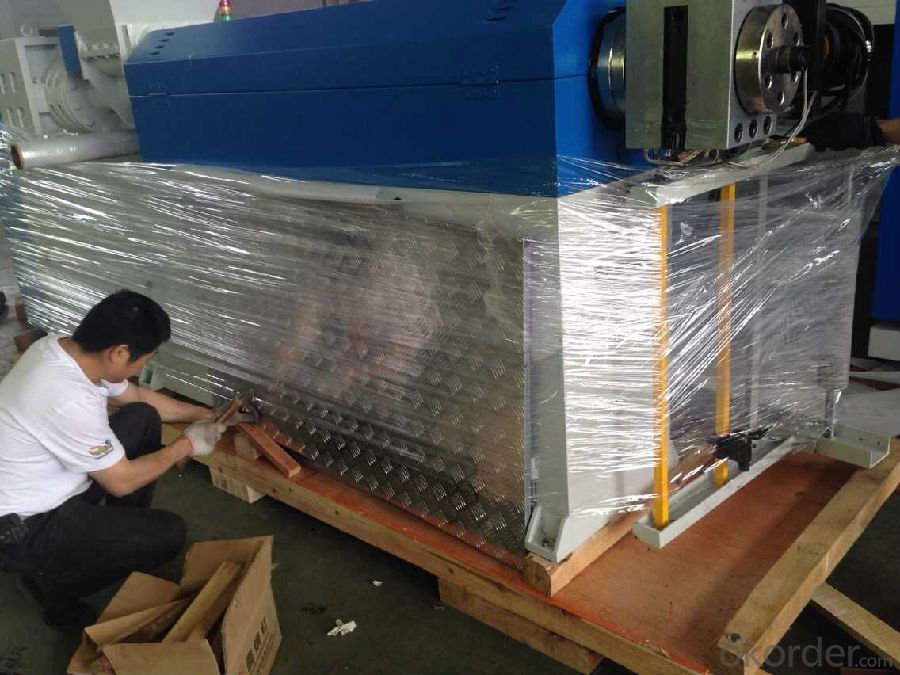
FAQ: What are your company advantages?
Company Advantages:
1. Stable financial status and sound reputation as a state invested corporation under the direct administration of the State Council of PRC;
2. CNBM’s worldwide influence as one of the 500 global fortunes specializing in building materials including adhesive tapes;
3. More than a decade’s exporting experience and technology in adhesive tape industry;
4. Preferential shipping channels, with a separate team dealing with shipping.
- Q:What are the different types of packaging tape?
- There are several different types of packaging tape available for various packaging needs. 1. Clear Packaging Tape: This is the most common type of packaging tape, typically made from polypropylene or acrylic materials. It is transparent, allowing for easy visibility of labels or printed information on the package. Clear packaging tape is versatile and suitable for most general packaging applications. 2. Brown Packaging Tape: Also known as brown packing tape or brown carton sealing tape, this type of tape is made from strong, durable materials such as polypropylene or paper. It is commonly used for sealing cardboard boxes or packages, providing a secure and tamper-evident seal. Brown packaging tape is ideal for shipping and general packaging purposes. 3. Masking Tape: While not specifically designed for packaging, masking tape can be used for light-duty packaging tasks. It is made from a thin and easily tearable paper and is commonly used for holding, bundling, or labeling packages. However, masking tape may not provide the same level of strength and security as dedicated packaging tapes. 4. Duct Tape: Similar to masking tape, duct tape is not primarily designed for packaging purposes but can be used in certain situations. It is a strong and durable tape, typically made from cloth or reinforced with fibers, and is known for its adhesive strength and versatility. Duct tape can be used for heavy-duty packaging tasks or for securing packages in challenging environments. 5. Specialty Packaging Tapes: There are various specialty packaging tapes available to cater to specific needs. Some examples include fragile tape, which has a warning message to indicate delicate items inside the package, or double-sided tape, which allows for secure attachment of items or joining of materials. Additionally, there are tapes designed for specific industries, such as freezer tape for sealing packages in cold storage or electrical tape for insulating electrical wires during packaging. Overall, the choice of packaging tape depends on the specific requirements of the packaging task, including the type of materials being sealed, the desired level of security, and any specific conditions or considerations.
- Q:Can packaging tape be used for sealing envelopes?
- Yes, packaging tape can be used for sealing envelopes. It provides a strong and secure seal that helps protect the contents of the envelope.
- Q:Does packaging tape come in different dispenser options for ease of use?
- Yes, packaging tape does come in different dispenser options for ease of use. There are various types of dispensers available in the market that are specifically designed to make the task of sealing boxes or packages easier and more convenient. These dispensers come in different sizes, styles, and functionalities to cater to different needs and preferences. One common type of dispenser is the handheld dispenser, which is lightweight and compact, making it easy to handle and maneuver. These dispensers often have a serrated blade for cutting the tape and a comfortable grip for better control. They are ideal for small to medium-sized packaging tasks. For larger packaging jobs, there are also tabletop or benchtop dispensers available. These dispensers are designed to sit on a surface and hold the tape roll securely in place, allowing for efficient and continuous taping. They often have a built-in cutting mechanism for easy and precise tape cutting. Furthermore, there are automatic or electric dispensers that take convenience to the next level. These dispensers can automatically dispense and cut the tape with the push of a button, reducing the effort and time required for packaging tasks. They are particularly useful for high-volume or repetitive packaging needs. In summary, packaging tape does come in different dispenser options to suit various preferences and requirements. Whether you need a handheld dispenser for small tasks or an automatic dispenser for larger volumes, there are dispenser options available that can enhance the ease of use and efficiency of your packaging process.
- Q:Does packaging tape have an expiration date?
- No, packaging tape does not have an expiration date.
- Q:Is packaging tape suitable for sealing heavy boxes?
- Indeed, packaging tape proves to be fitting when it comes to securing hefty boxes. Specifically engineered to offer a robust and reliable seal, packaging tape caters to boxes of varying sizes and weights. Crafted from resilient substances like polypropylene or reinforced paper, it enhances the tape's durability and guarantees its ability to withstand the weight and pressure exerted by bulky boxes. Furthermore, packaging tape commonly possesses a potent adhesive that adheres effectively to cardboard surfaces, ensuring a tight seal capable of enduring the challenges of transportation and handling. Nevertheless, it is advisable to utilize multiple strips of tape to fortify the seal on heavy boxes, thereby enhancing their security.
- Q:How does packaging tape perform on high-friction surfaces?
- Packaging tape is specifically designed to stick to various surfaces, including those with high friction. The tape's ability to adhere to high-friction surfaces may vary depending on the specific type of tape and the surface it is applied to. In general, packaging tape has a strong adhesive that allows it to securely stick to surfaces, even those with high levels of friction. The tape's adhesive is formulated to provide excellent tackiness and bonding strength, ensuring that it remains in place and maintains its hold on high-friction surfaces. However, it is important to note that excessive friction or roughness on a surface can potentially impact the tape's ability to stick. If the surface is extremely rough or uneven, it may create air pockets or gaps between the tape and the surface, which can compromise its performance. In such cases, it is recommended to properly prepare the surface by cleaning and smoothing it before applying the tape to ensure optimal adhesion. Furthermore, the durability of the tape can also affect its performance on high-friction surfaces. Some packaging tapes are reinforced with fibers or have a thicker construction, making them more resistant to wear and tear caused by friction. These tapes are often recommended for heavy-duty applications or when packaging items that will experience constant rubbing or sliding on high-friction surfaces. Overall, packaging tape is generally well-suited for use on high-friction surfaces. By considering the tape's adhesive properties, properly preparing the surface, and selecting an appropriate tape, reliable and long-lasting adhesion can be achieved, even in challenging conditions.
- Q:Can packaging tape be used for sealing furniture or home goods?
- Yes, packaging tape can be used for sealing furniture or home goods. Packaging tape is designed to provide a secure and strong seal, making it suitable for various purposes including sealing boxes and packages. When used on furniture or home goods, packaging tape can help keep the item protected during transportation or storage. It is important to ensure that the tape is applied properly and that it does not damage the surface or leave any residue. Additionally, depending on the weight and size of the item, it might be more appropriate to use specialized tapes or techniques for sealing furniture or home goods to ensure maximum protection.
- Q:Is packaging tape resistant to tearing or ripping?
- Yes, packaging tape is designed to be resistant to tearing or ripping. It is typically made from strong materials like polypropylene or polyester and has reinforced fibers or adhesive for added durability.
- Q:Are there any eco-friendly options for packaging tape?
- In today's market, there are various eco-friendly options for packaging tape. Typically, traditional packaging tapes are made from plastic materials like polypropylene or PVC, which are harmful to the environment and not biodegradable. However, there have been developments in creating eco-friendly alternatives to tackle this issue. Some of these options include: 1. Packaging tape made from paper: These tapes are crafted from renewable resources like paper and natural adhesives. They are both biodegradable and compostable, making them a sustainable choice for packaging requirements. 2. Gummed paper tape, also known as water-activated tape: This type of tape is made from paper and requires water to activate the adhesive. It forms a strong bond when applied to boxes and provides tamper-proof sealing. Additionally, water-activated tape is biodegradable and can be recycled along with the packaging it is used on. 3. Biodegradable and compostable tape: These tapes are manufactured using plant-based materials such as cellulose or polylactic acid (PLA). They are designed to naturally break down over time, minimizing their impact on the environment. Some options are certified as compostable, meaning they can be added to compost piles or sent to composting facilities. 4. Recycled plastic tape: Although traditional plastic tapes are not environmentally friendly, there are recycled plastic tape options available in the market. These tapes are produced using recycled plastic materials, reducing the demand for new plastic and promoting a circular economy. When searching for eco-friendly packaging tape, it is crucial to consider certifications such as the Forest Stewardship Council (FSC) for paper-based tapes or the Biodegradable Products Institute (BPI) certification for compostable tapes. By opting for these alternatives, individuals and businesses can minimize their environmental impact and contribute to a more sustainable future.
- Q:Can packaging tape be used for bundling items together?
- Yes, packaging tape can definitely be used for bundling items together. It is commonly used to secure and hold multiple items together, especially when shipping or moving. Packaging tape is designed to be strong and reliable, providing a secure hold that keeps items bundled tightly. It is often used to bundle boxes, packages, or other items that need to be kept together during transportation or storage.
1. Manufacturer Overview |
|
|---|---|
| Location | |
| Year Established | |
| Annual Output Value | |
| Main Markets | |
| Company Certifications | |
2. Manufacturer Certificates |
|
|---|---|
| a) Certification Name | |
| Range | |
| Reference | |
| Validity Period | |
3. Manufacturer Capability |
|
|---|---|
| a)Trade Capacity | |
| Nearest Port | |
| Export Percentage | |
| No.of Employees in Trade Department | |
| Language Spoken: | |
| b)Factory Information | |
| Factory Size: | |
| No. of Production Lines | |
| Contract Manufacturing | |
| Product Price Range | |
Send your message to us
Automatic Hot Melt Tape Production Line
- Loading Port:
- China main port
- Payment Terms:
- TT OR LC
- Min Order Qty:
- 1 unit
- Supply Capability:
- 20 unit/month
OKorder Service Pledge
OKorder Financial Service
Similar products
New products
Hot products
